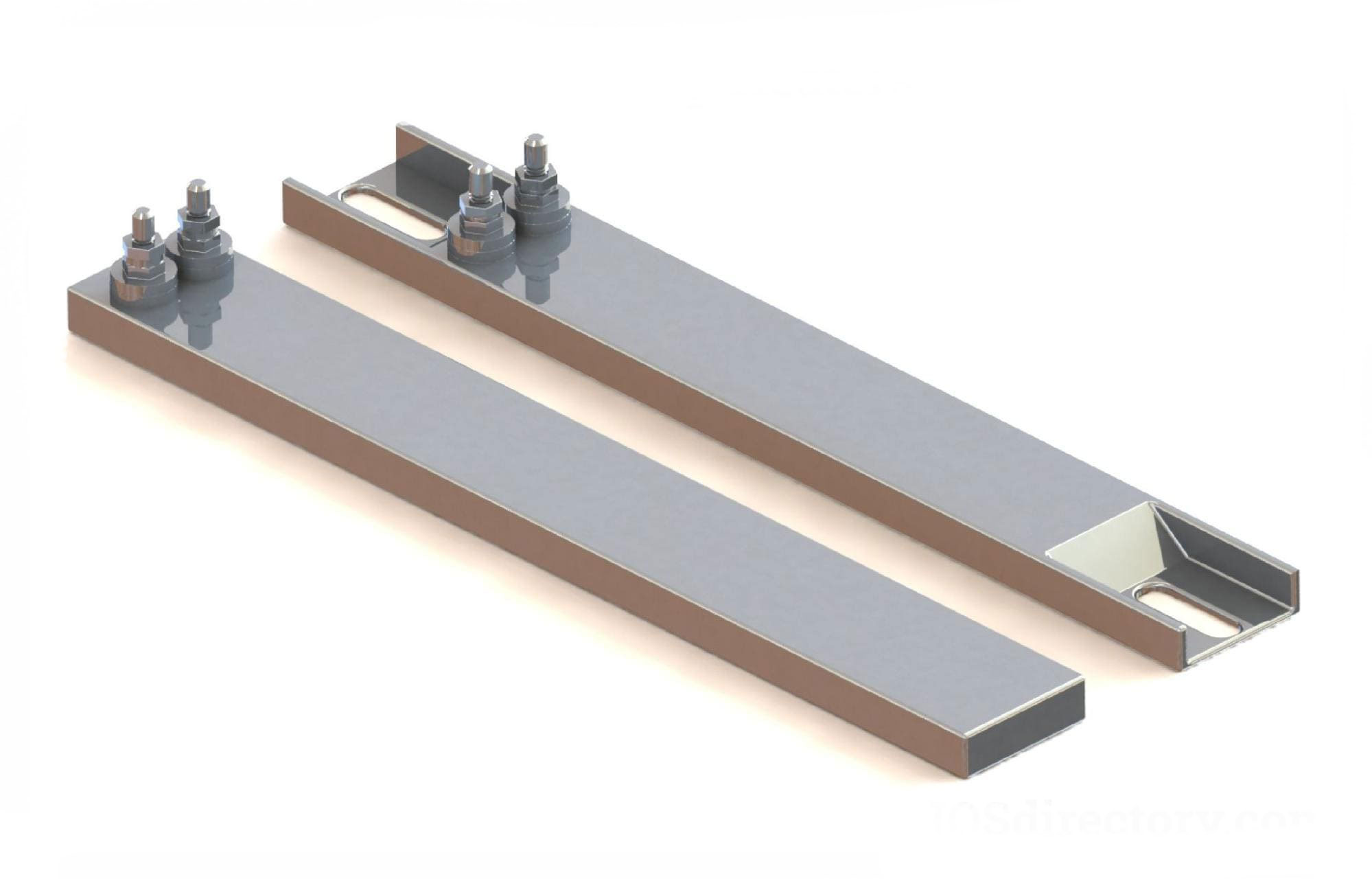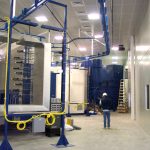Strip heaters are widely used in various industrial applications to heat surfaces, liquids, and gasses. Electric strip heaters are versatile and provide reliable heating for a range of industrial processes. Before investing in a strip heater for your industrial application, there are several essential considerations to keep in mind.
Table of Contents
Watt Density
One of the critical considerations when investing in a strip heater is watt density. Watt density is the power output per unit area of the strip heater. Choosing the right watt density for your application is crucial to prevent hot spots that can damage the material being heated. High watt density is suitable for low-mass applications, while low watt density is ideal for high-mass applications. Therefore, it is important to consider the watt density requirement based on your specific application.
Material Size and Shape
The size and shape of the material being heated are critical considerations when investing in a strip heater. Strip heaters are designed to provide uniform heat transfer on flat surfaces. If the material being heated is irregularly shaped, strip heaters may not be the best option. In such cases, custom-designed heaters may be required to ensure uniform heating across the surface of the material. Therefore, it is essential to consider the size and shape of the material being heated before investing in a strip heater.
Operating Temperature and Environment
The maximum operating temperature of a strip heater is an essential consideration when investing in one for industrial applications. The materials used in the strip heater must be able to withstand the operating temperature and environmental conditions, such as moisture, chemicals, and corrosion. If the strip heater is not compatible with the operating temperature and environment, it can cause damage to the material being heated and result in a loss of production. Therefore, it is crucial to ensure that the strip heater’s materials can withstand the operating temperature and environmental conditions.
Material Compatibility
Another important consideration when investing in a strip heater is material compatibility. Some strip heater materials may react negatively with the materials being heated. Therefore, it is essential to ensure that the strip heater’s materials are compatible with the materials being heated to prevent any adverse reactions. Compatibility issues can lead to material damage, production downtime, and increased costs.
Control System
Strip heaters require a control system to maintain the desired temperature. Choosing the right control system is critical to ensure precise temperature control and prevent over or underheating. The control system should be able to maintain the temperature within a narrow range and prevent temperature fluctuations that can cause material damage. Therefore, it is important to choose a control system that can precisely control the temperature.
Maintenance and Replacement
Strip heaters require regular maintenance to ensure optimal performance. When investing in a strip heater, it is important to consider the maintenance requirements and the ease of replacing the heating elements if necessary. Regular maintenance ensures that the heater performs optimally and extends its lifespan. Additionally, it is essential to consider the ease of replacing heating elements in case of failure. Choosing a strip heater that is easy to maintain and replace can save time and money in the long run.
In conclusion, investing in a strip heater requires careful consideration of several essential factors. Watt density, material size and shape, operating temperature and environment, material compatibility, control system, and maintenance and replacement are critical considerations when investing in a strip heater for industrial applications. Proper consideration of these factors can ensure optimal performance, minimize production downtime, and increase productivity in industrial processes.








